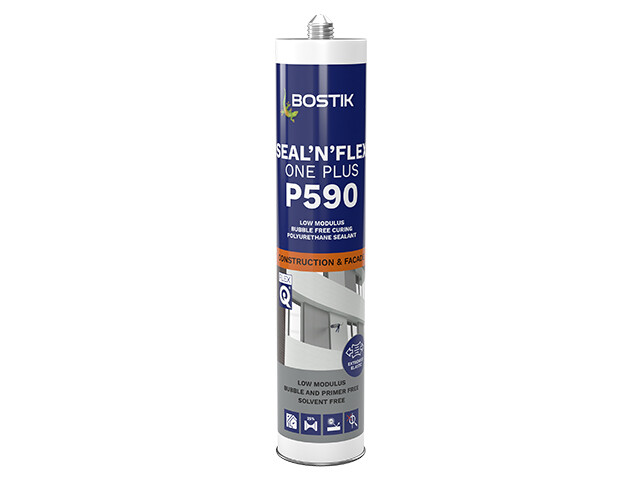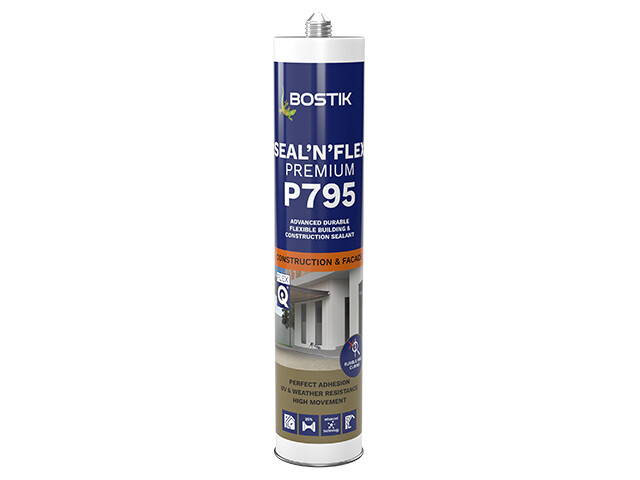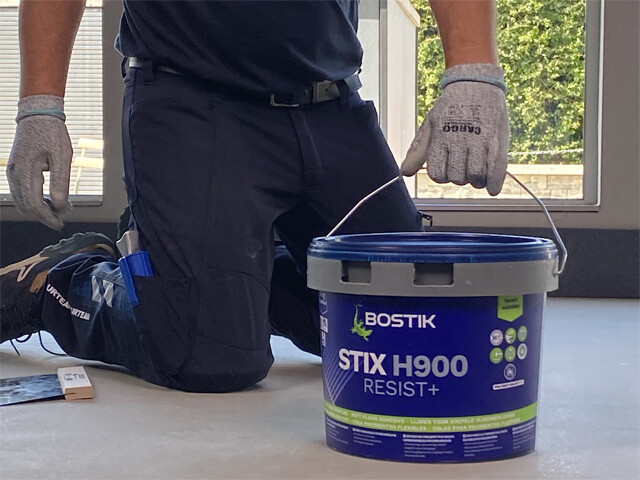An introduction to Bostik’s PU sealants – robust, high-quality products that are formulated to perform over the long term.
What are PU sealants?
First, some chemistry: Polyurethane (PU) is a polymer made up of organic units (containing carbon) connected by urethane links.
The properties of polyurethanes vary depending on the structure of their polymer backbone. They can be tailored to have high strength and rigidity or high flexibility and toughness. The nature of PUs allows them to cover a wide spectrum of attributes and end uses in construction, including sealants.
PU sealants are very versatile because of the range of properties that can be engineered. As a result of this, PU sealants are one of the most widely used technologies in construction and renovation projects. They are used mainly for horizontal joints and non-sagging vertical applications, such as:
- Isolation joints
- Roofing
- Foundations
- Gutters
- Expansion and control joints
Polyurethane sealants offer many advantages. They are suitable for use in construction because of the following properties:
- Excellent tear and abrasion resistance
- Chemical and weather resistance
- Can be used over a range of joint sizes
- Adhesion compatibility with many construction substrates, including stone, metal, and wood
Advantages of PU sealants.
This section discusses the advantages and benefits of using PU sealants. When a correctly specified sealant is applied in accordance with the manufacturer’s specifications, all of these advantages can contribute to the integrity of the building (e.g. protecting it from the weather) and the longevity of the construction elements that the sealant is protecting.
Strong adhesion properties.
The most important property of a sealant is, not surprisingly, its ability to seal gaps and joints. (The clue is in the name!) Probably the second most important property, then, is the ability of the sealant to adhere to the substrates. A sealant that allows leaking to occur around its edges is no sealant at all.
No problems here: PU sealants have strong adhesion properties.
Resistant to weather, water, and chemicals.
The role of sealants is to prevent the passage of water, moisture, and some chemicals through gaps between construction elements. PU sealants with different formulations have been developed to perform specific roles.
Can be used across a range of joint dimensions.
PU sealants can be formulated to seal joints ranging from narrow gaps between thin elements to wide and deep joints. Again, specific formulations have been developed to suit specific joint dimensions. It is important to apply PU sealants in strict accordance with the instructions regarding the thickness of the application.
Compatibility with many construction materials.
PU sealants are compatible with a wide range of typical construction substrates, meaning they will adhere well to those materials. This compatibility makes PU sealants extremely versatile and, thus, suitable for many applications in the construction industry.
Compatibility with expected movements between substrates.
Expansion and differential movement across joints due to temperature fluctuations, wind, and ground vibrations are an everyday occurrence. Thus, in most situations, a sealant must be flexible enough to accommodate the expected movements without compromising its primary role of sealing a gap. PU sealants are designed to be strong enough and flexible enough to maintain their effectiveness over the long term.
Application tips and best practices.
Following are some general tips for the successful application of BOSTIK’s PU sealants.
Surface preparation.
Application temperature +5 to +40 degrees Celsius (applies to environment and substrates). All substrates must be solid, clean, dry, and free of grease and dust. Clean substrates with BOSTIK T100 UNIVERSAL CLEANER. Bostik’s PU sealants adhere perfectly without the use of a primer to most non-porous substrates. Porous substrates are to be pre-treated with BOSTIK T300 UNIVERSAL PRIMER. Always test adhesion before application. Use BOSTIK T500 FINISHING SOAP to smooth the joint.
Application techniques.
Application is via cartridge, sausage, or aluminium pouch (P985 only).
A joint with the correct dimensions can absorb movements between building materials. The joint depth should always be in the correct relationship to the joint width. A general rule is the ratio of joint depth to joint width is 1:1 up to a joint width of 10mm. The minimum is 5mm in width and depth. For joints wider than 10mm, check the specific requirements.
Curing times.
Allow 24 hours curing for every 3mm width/depth of joint.
Seal the deal.
We invite you to explore BOSTIK’s range of PU sealants to see how they can serve your needs on your current construction project.
For more information, contact us or visit us at the BOSTIK Academy. Our experts will help you select the most appropriate products.
PU sealants perform a vital role in construction, often as a first line of defence against the weather, water, or chemicals. It is crucial to select the right product with the right properties for specific needs. Chosen well, PU sealants provide a robust solution for sealing and bonding, with superior durability and flexibility. And it’s not enough to simply select the right product: you have to follow the specific instructions and best practices to maximise the benefits of PU sealants.
Seal the deal, and specify BOSTIK PU sealants for your project. You and your client will be glad you did!






